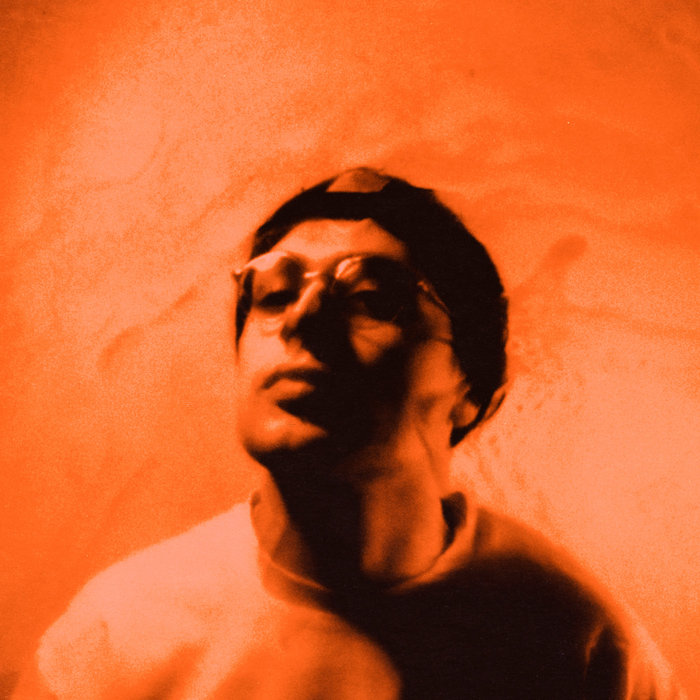
Hello – corto.alto
this blog is GROOVY – check out great Soul, Funk, Jazz, Hip Hop, Bass, Breaks , Reggae, House n many more TUNES
Groove is that irresistible rhythm that makes your body move and your soul sway. It’s the heartbeat of music that gets into your bones, pulling you to dance like nobody’s watching. But where did this funky phenomenon come from? Let’s take a laid-back stroll through the vibrant history of groove and its colorful characters.
The term “groove” originally surfaced in the 1960s when jazz musicians began using it to describe their relaxed yet intricate rhythms. Jazz was evolving, giving birth to funk—a genre bursting with energy, syncopation, and flair. Think about artists like James Brown—the Godfather of Soul himself! His style was all about that infectious rhythm, making groove not just a sound but an experience.
Speaking of James Brown, did you know he had a thing for flamboyant footwear? Yes! He would often wear those outrageous capes while performing just to enhance his already dramatic exits on stage. And there’s also that legendary moment during one performance when he slipped and fell—only to turn it into a dance move! If only everyone could pull off such smooth recoveries.
As we slid into the 1970s, funk took center stage with bands like Parliament-Funkadelic leading the way. With George Clinton at the helm (and sporting some wild hairstyles), they brought us cosmic sounds layered over deep grooves.
Now let’s talk bass players—the unsung heroes of groove! Bootsy Collins became one of funk’s most iconic figures, known for his crazy star-shaped glasses and zany outfits (think sparkles!). Legend has it he once showed up for an important gig wearing nothing but a pair of gold boots—all other colors were considered too boring!
Then came disco in the late ’70s—a genre rooted deeply in groove! With artists like Chic, “Le Freak” hit airwaves and made people wanna boogie down at clubs everywhere.
Here’s something funny: Nile Rodgers from Chic wrote what would become their smash hit “Good Times” almost as an afterthought while jamming around with friends. Can you imagine creating something so iconic by accident? That track went on to influence countless hits—from hip-hop tracks sampling its famous bassline to pop bangers still rocking dance floors today!
Fast forward to the ‘80s and ‘90s; hip-hop emerged blending rap lyrics over groovy beats sampled from funk songs—you guessed it—introducing another generation to this rhythmic backbone.
One quirky fact: DJ Kool Herc, often hailed as one of hip-hop’s pioneers—and certainly not shy about expressing himself during parties—once used two copies of “Apache” by Incredible Bongo Band simultaneously at events just to extend its high-energy break sections forever! Imagine dropping jaws while spinning records back-to-back—it wasn’t merely DJing; it was scientific art!
Today’s music scene still thrives off groove influences lingering within various genres—from electronic dance music (EDM) straight through modern R&B vibes magnified by artists like Bruno Mars or Anderson .Paak who tap into classic grooves but make them fresh again.
And oh boy—the modern world loves collaborations! Brings us laughter too; remember when Bruno Mars teamed up with ahem… “easy listening icon” Sting?! Watching these two share stages is pure entertainment—not only does their musical chemistry work wonders live—but seeing Sting bust out some slick moves alongside Bruno is comedy gold right there!
So whether you’re shaking your hips at a local dive bar or vibing alone in your living room on Fridays—a good groove brings unity across divides; no words needed but rather connections formed through shared beats reverberating within us all along paths marked with laughter & joy contributed by memorable musicians filled enthusiasm weaving tales aplenty throughout time—they remind us why moving matters more than anything else sometimes—we gotta keep grooving now!!
And that’s how we jammed our way through this funky odyssey called “groove.” So next time you hear that enchanting beat calling out from somewhere down deep inside—or feel compelled towards unleashing those epic moves—it might help knowing we’re all partaking together interwoven under sunlit skies echoing far-fun traditions bridged across decades!! Now go forth…set free both mind-body-soul brimming full-off unfettered funtastic adventures happening always upon winding trails ahead!!!
Stay groovy! ✌️

Hello – corto.alto
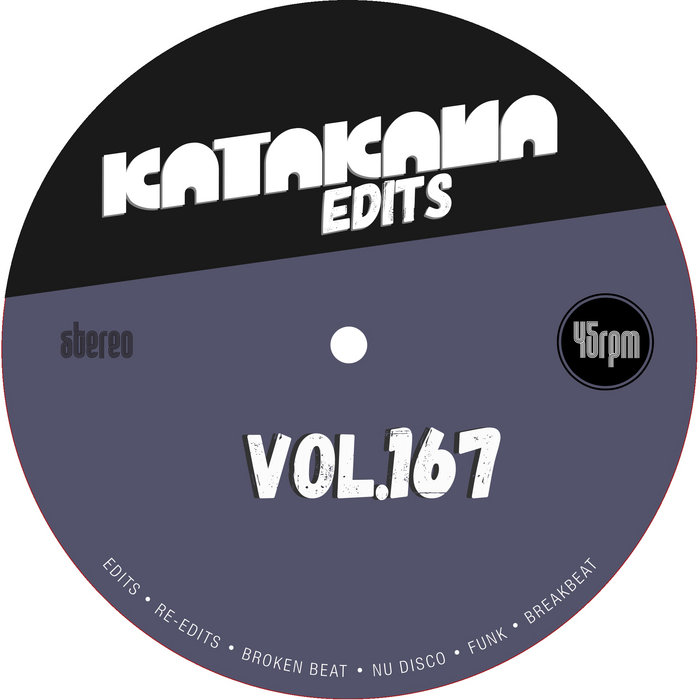
Just As Bad As You – MBO
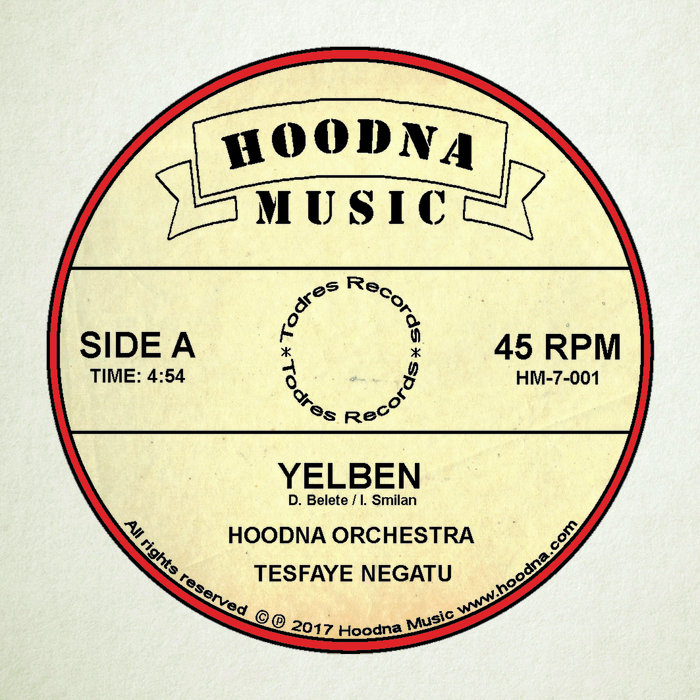
YELBEN – Hoodna Orchestra

La Ceiba – Antibalas
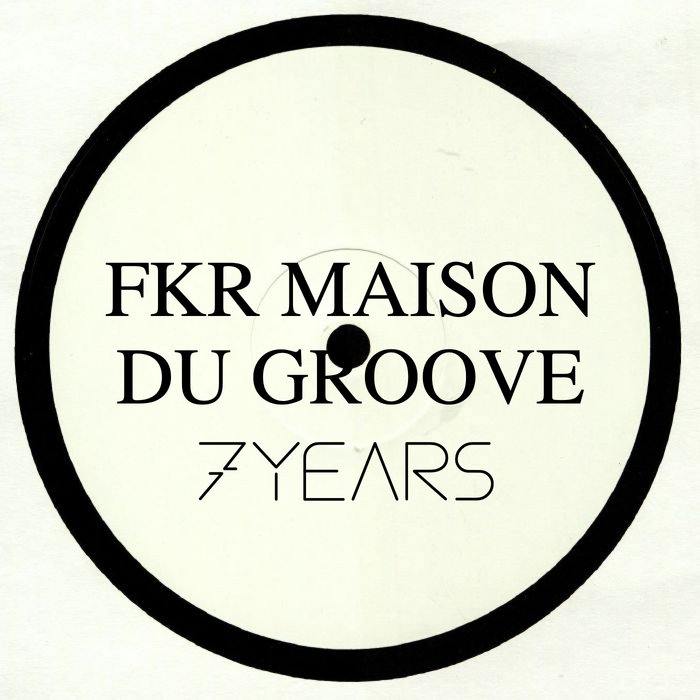
Damn Girl – KNG EDITS
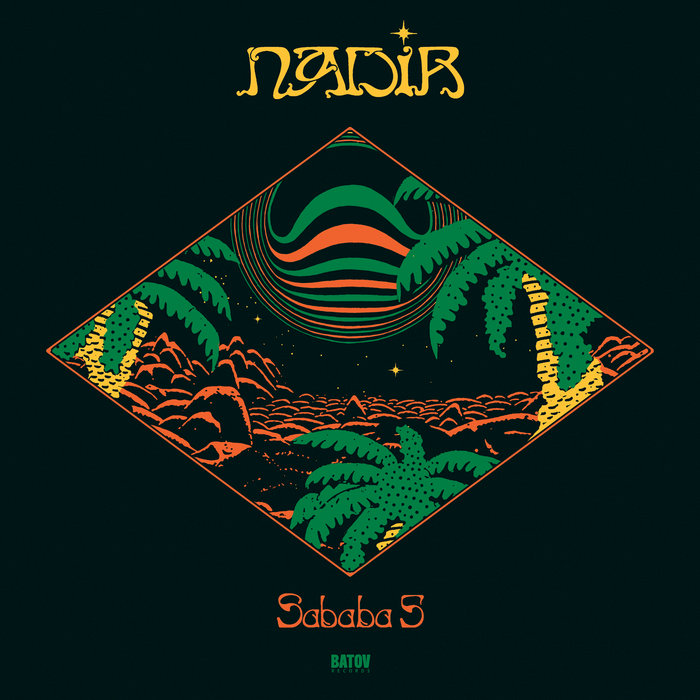
Tell – Sababa 5
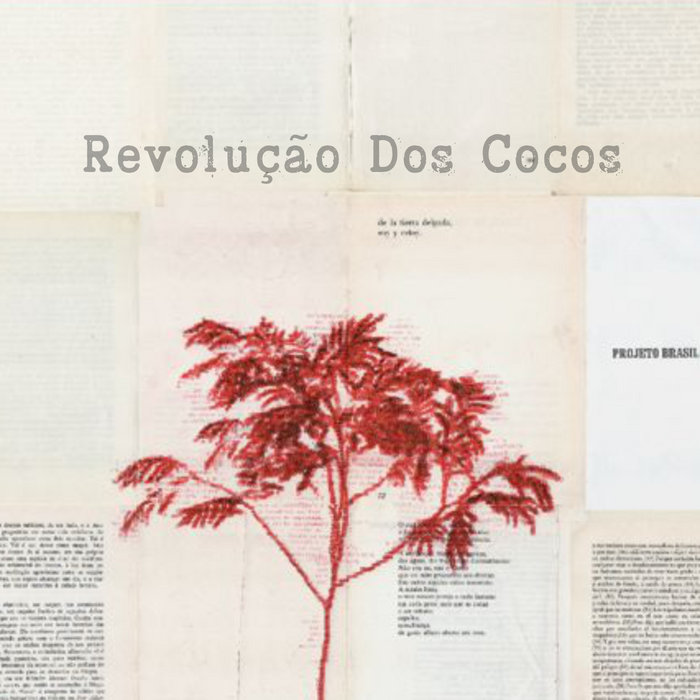
Revolução dos Cocos – Nomade Orquestra
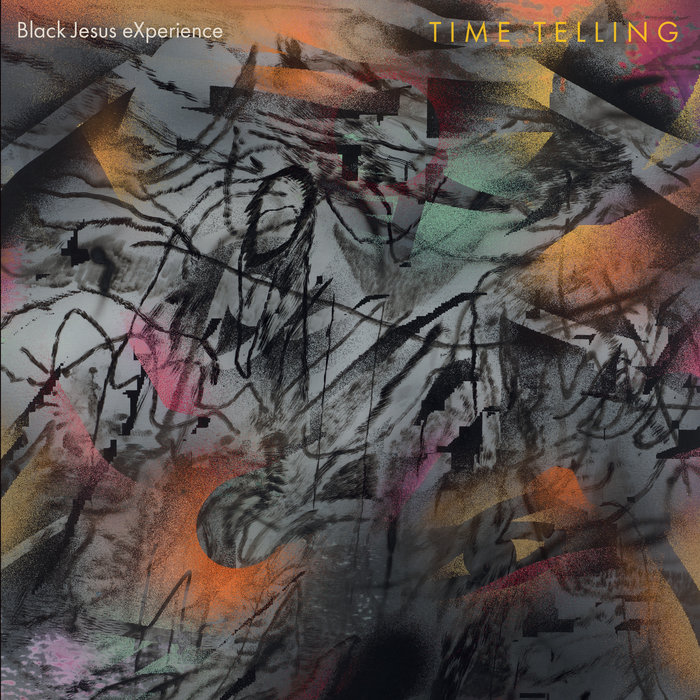
Stipa – Black Jesus eXperience